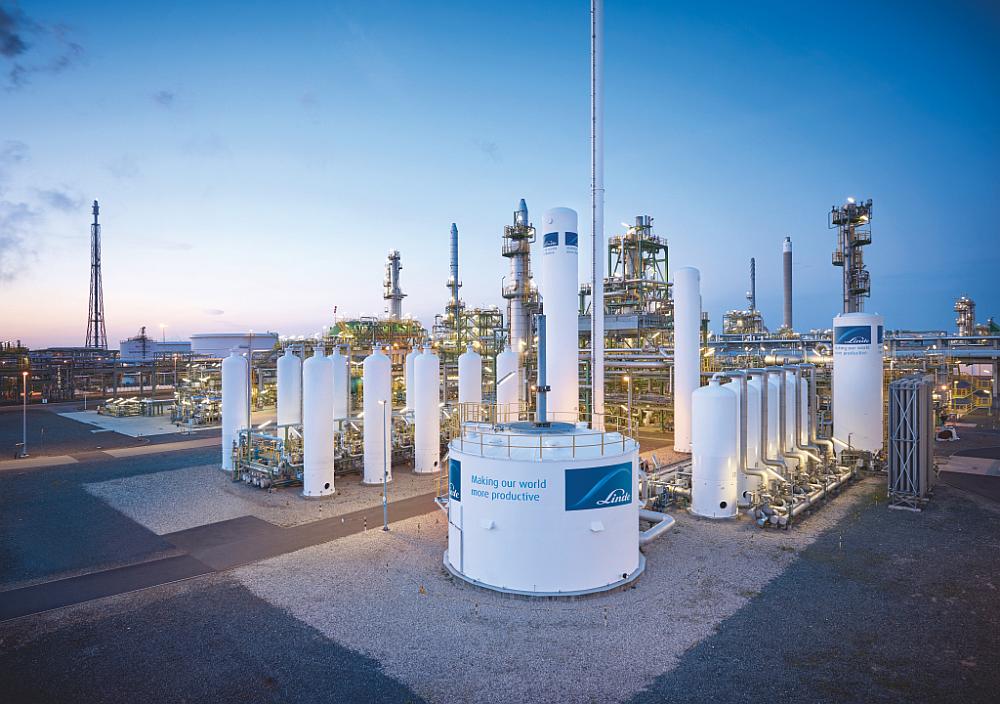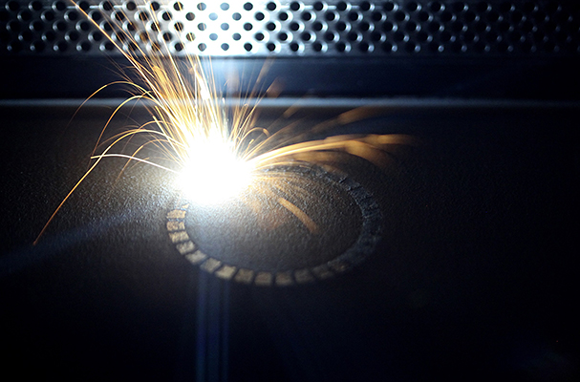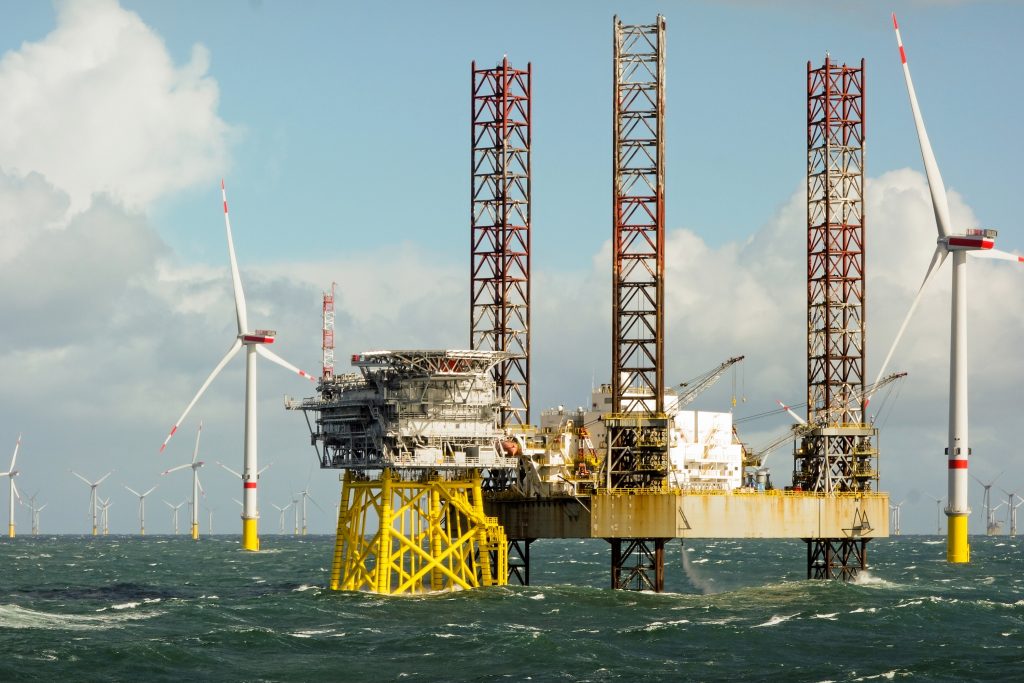China3D printingNet, December 1st, the American Petroleum Institute (API) announced a new standard designed to promote the further adoption of additive manufacturing in the oil and gas industry.
With the introduction of “Standard (Std) 20S”, API effectively introduced a three-tier standard, which stipulated the technical, quality and qualification requirements for the use of ready-made rig parts for 3D printing terminals. In practice, the group hopes that Std 20S will enable oil and gas companies to deploy the technology more consistently to reduce carbon footprint and “enhance supply chain resilience”.
Alexa Burr, Vice President of the API Division, said: “This new standard extends API’s first-class safety and efficiency requirements and supports cutting-edge operations, helping manufacturers to deploy new 3D printing technologies to meet the growing global demand for natural gas and petroleum products. .Global industry service standards and services.

Linde hydrogen production facilities. Photos taken via API.
Pushing fossil fuel regulation to the world
API was founded more than 100 years ago and has nearly 600 members from the natural gas and oil industries, so it claims to produce, process and distribute most of its energy in the United States. The organization’s prestigious position provides it with the influence needed to develop the industry’s standards, and it now has a catalog of more than 700 standards and best practices.
Using its accumulated oil and gas expertise, API has issued guidelines for everything from drill bit and material identification to ensuring site safety standards. In order to supervise these in practice, the organization introduced the “Monogram” and “Personal Certification” programs, through which the company checks whether the company meets certain standards and recognizes those who work closely with industry regulations.
According to API, many of its standards have been incorporated into U.S. federal laws and “are widely cited by international regulatory agencies.” As a result, the group increasingly seeks to go global in order to improve the “safety and viability of the U.S. oil and gas industry” and to solve the industry’s broader environmental challenges.

Laser powder bed fusion additive manufacturing.
API’s new standards are designed to make it easier for manufacturers of oil and gas parts to adopt LPBF, DED, and adhesive jet 3D printing. Photo from Cetim.
“API Standard 20S”
API Standard 20S was released in October 2021 and covers the production, marking and tracking of “additively manufactured metal parts for the oil and gas industry”. Specifically, the document describes the measures that oil and gas companies need to follow (if they wish) to manufacture suitable powder bed fusion (PBF), directed energy deposition (DED) or adhesive jet 3D printed parts.
Standard 20S is basically built around three additive manufacturing specification levels (AMSL), which define the ever-increasing technical, quality, and qualification requirements that must be met to obtain API “AMSL Levels 1-3”. Natural gas companies also need to meet broader standards, centering on issues such as training, inspections, equipment, material testing, and quality control.
Once implemented, API expects that its AMSL will accelerate the adoption of 3D printing in the industry and lead to the introduction of optimized components that “promote efficiency, safety, and technological advancement in all areas of the industry.”
The organization also sees Standard 20S as a way to help oil and gas companies reduce their reliance on the supply chain while making progress towards the goals outlined in its climate action framework. In a report released earlier this year, API is committed to working for a “low-carbon future” through “acceleration of technology and innovation,” so it is now turning to AM to pursue these goals.
“As stated in the API’s Climate Action Framework, the adoption of innovation is one of the many ways our industry has taken to reduce carbon emissions,” Burr added. “The ability to deploy innovative technologies and bring critical manufacturing closer to the point of use can reduce pressure in the supply chain while reducing Scope 3 emissions and maximizing production capacity.”
After the introduction of Standard 20S, API stated that it is now developing a similar set of guidelines for polymer 3D printed parts, adding that its latest announcement is “just the beginning of the work that will be done in this area.”

Offshore wind farm in the North Sea. Protolabs released a survey earlier this year that highlighted how 3D printing can help oil and gas companies gain “environmental credibility.” Photo from Protolabs.
AM’s oil and gas opportunities
Although API describes its new standard as “the first of its kind”, it is actually similar to standards already developed by companies such as DNV GL, which also confirm the potential of 3D printing in the oil and gas sector.
As early as 2017, the company launched the first oil, gas, and maritime 3D printing classification guidelines, and has since launched a service specification document aimed at accelerating the adoption of the technology. After meeting these standards, the parts supplier Protolabs obtained the “Manufacturer Qualification” certification for metal 3D printing products provided by DNV GL in May 2021.
Protolabs is said to be the first PBF manufacturer to meet the lofty standards of DNV GL and was awarded the qualification for its Inconel 718 superalloy direct metal laser sintering (DMLS) product. The company said that with its technology, it is now possible to produce complex, ultra-wearable end-use drilling rig components, and the results of its “decision time” survey show that the oil and gas industry’s demand for additive manufacturing is also growing.
Elsewhere in the industry, energy service provider Hunting PLC also said it plans to start 3D printing oil and gas components after acquiring shares in Cumberland Additive. Although the company has not disclosed exactly how it intends to deploy the technology, it said that its investment provides “new market opportunities” in “industry complementary to its core competitiveness.”
China3D printingNet compilation!
(Editor in charge: admin)


0 Comments for “API’s new 3D printing standard can help oil and gas companies “enhance supply chain resilience””